How to Title Landscape Art for Sale
I attended an opening for an exhibit I was in at the Santa Paula Art Museum. A pair of well-heeled patrons walked purposefully towards a beautiful oil painting of trees on a hill, descending into a soft focus, green valley. One said “Is that Santa Paula Canyon!? I love it!” She stopped to read the title card. “Oh, too bad… it’s some place in Colorado.”
By naming the landscape after the place where she painted it, the artist may have lost a new collector.
If you’ve wondered how to title landscape art and paintings aimed to sell, read on.

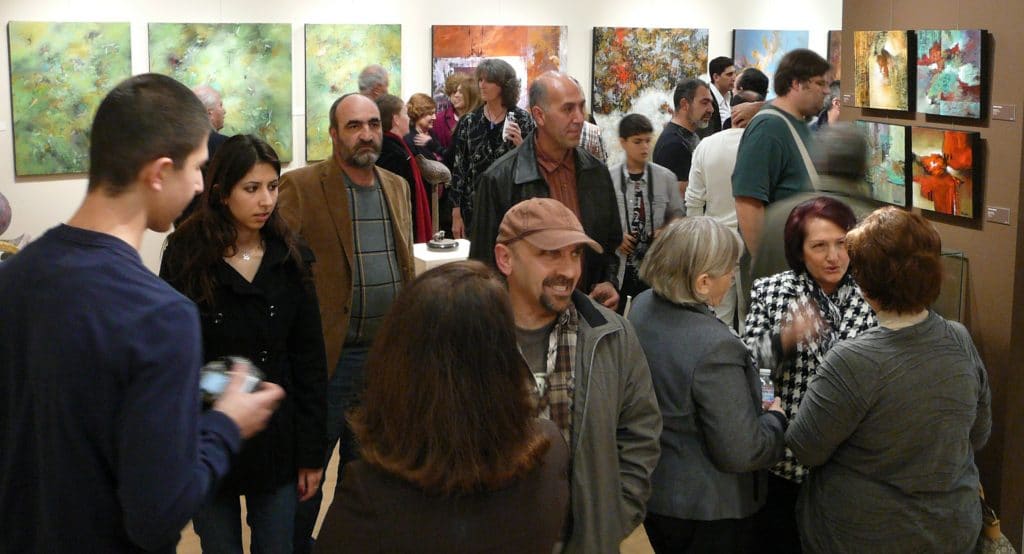
Location Based Titles Can be Limiting
It took me years to notice this at art exhibits and festivals. I used location based titles over and over until I saw a pattern.
If you paint a hilly and verdant green valley, give it an imaginative name unrelated to place. Call it Rolling Renewal, or Viridian Valley, or Billowing Gambol, etc.
Let the collector conjure the location based on their memories and familiars. Give them time to meander their own locale-impressions sparked by your artwork.
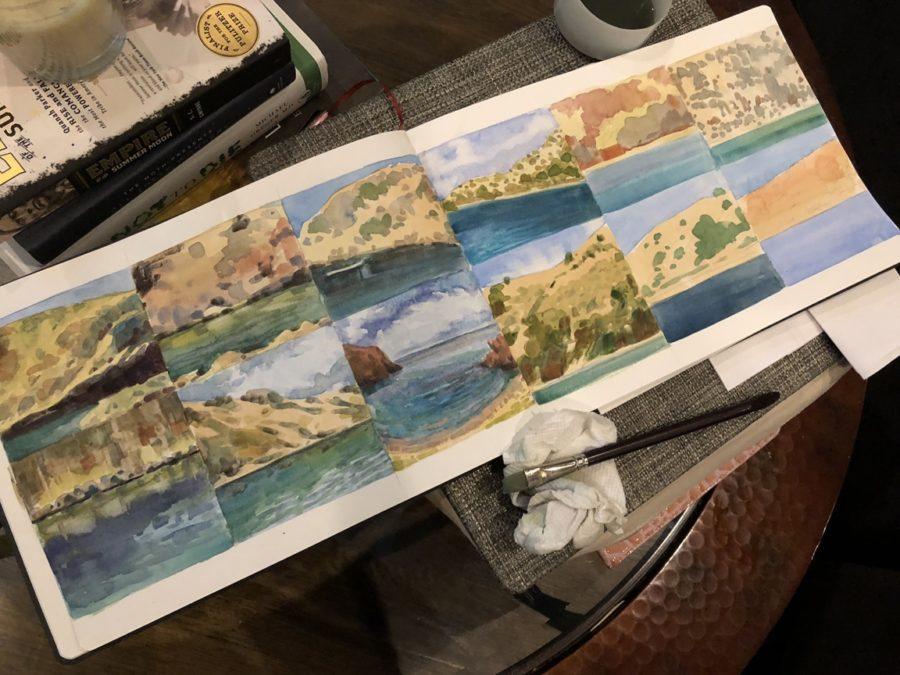
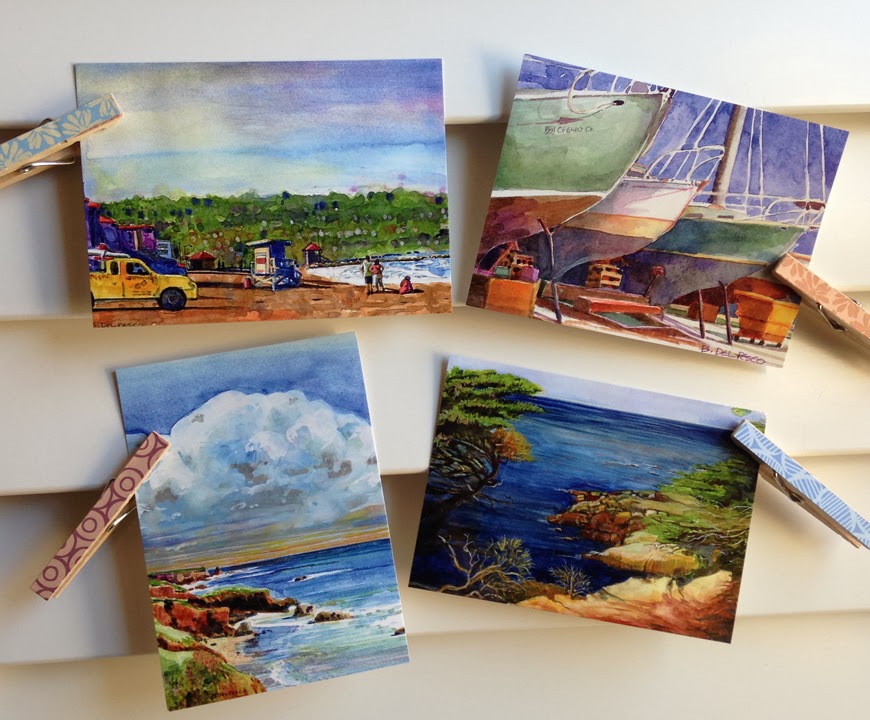
Should You Title a Landscape Based on Place?
If someone is looking for a painting of the Hollywood Sign in California, and you’ve painted an image of the Hollywood sign, then by all means, title it appropriate to that recognizable landmark or location.
But if you’re painting an expanse of beach with a wedge of land receding off the left flank, it could be the coast of California, or Greece or Madagascar.
In those cases, you can be imaginative with your title, rather than limiting yourself (and the viewer) to a mappable place. (If you have trouble conjuring art titles, my online course will help.)
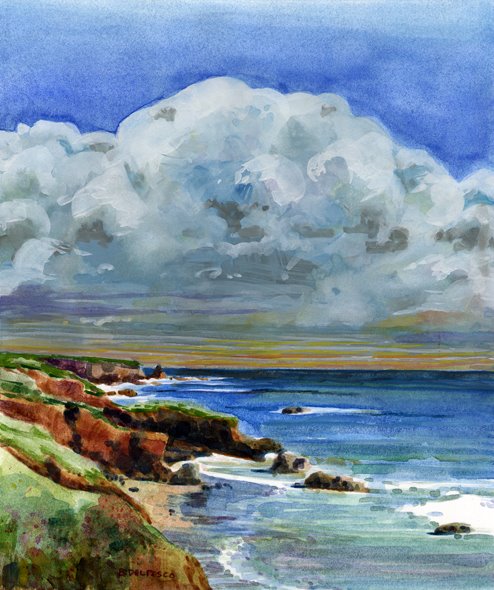
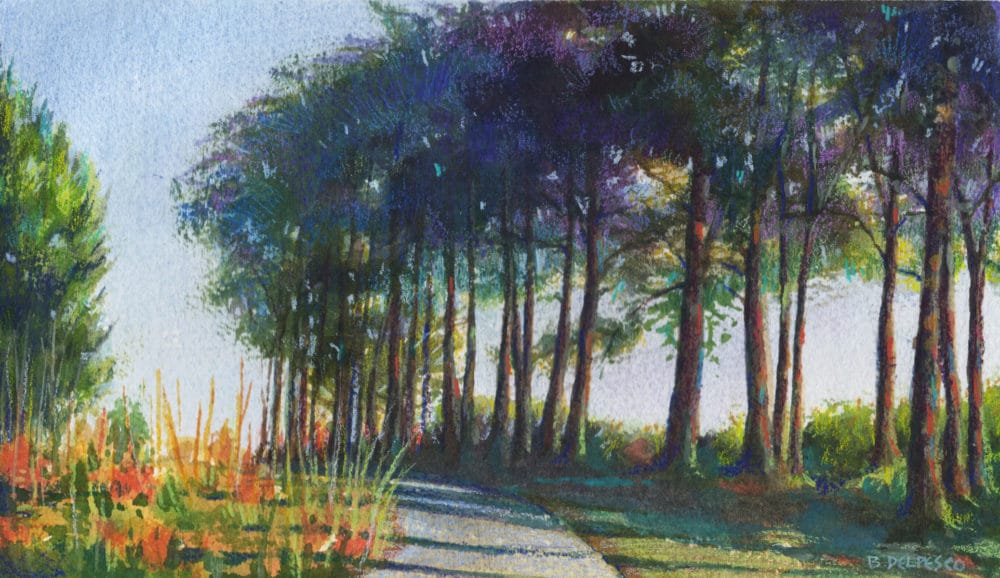
Add Locations to Image Tags
If you show your work online, you can add searchable image tags to your blog or website by changing the title of the image file so it’s related to a specific subject or location.
Display your creative painting title in the visible caption of the painting on your website or blog.
Your uploaded image file name will not be visible to viewers, but when search engines crawl your site, it will index the name of the image files and then serve them to people looking for subjects in a text-based search. The internet doesn’t know you’re displaying an image of a landscape if the title is IMG_2019291.jpg. Make sense?
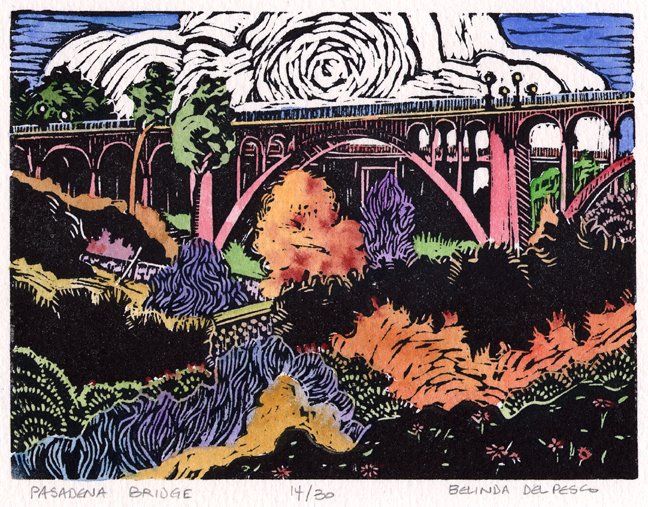
Name Your Image Files Before You Upload
Example: if the digital scan of your art is named after the painting’s title, like RedBarn8x10.jpeg, or it still has the title generated by your camera, like IMG_2354.jpg – take the time before you upload the image to your website or blog, and change the title of the photo file (the jpeg). Rename the file something searchable like Barn-in-Meadow.jpg.
Do you rename all the images you upload to your blog with this search function in mind?
The actual location is also great (eventual) conversation fodder with patrons at an exhibit.
When a patron gestures towards one of your landscapes and asks: “Where is this”? You can reply with “Does it remind you of a particular place?” Let the viewer tell you what the art is propagating for them. Ask a few questions about those places before you overlay the moment with your actual geotag.
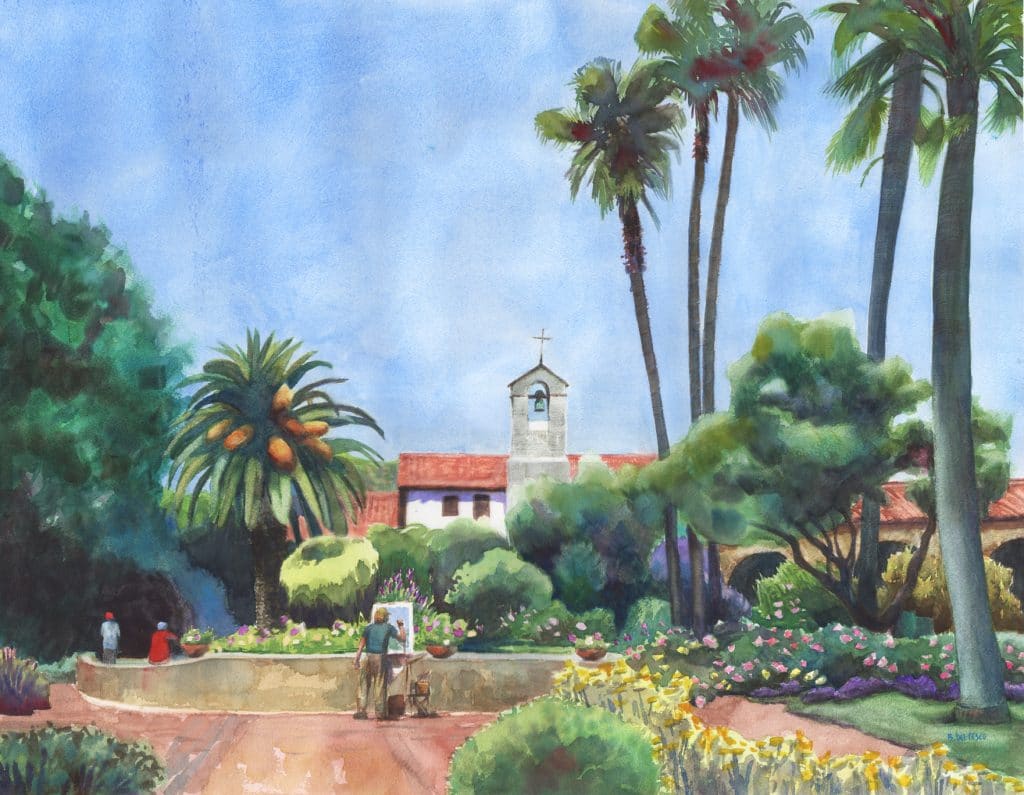
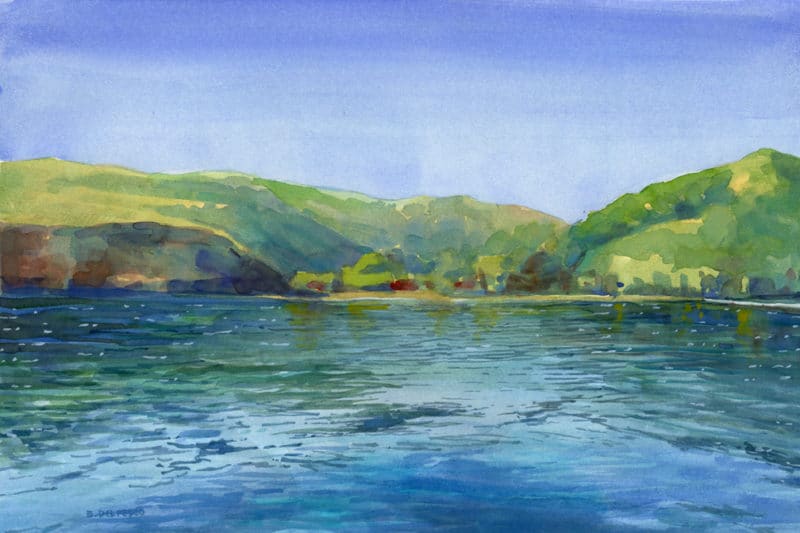
Experimental Landscape Titles
Feel free to title every landscape with a location so specific, you can map it, if that’s how you roll. But as an experiment, try to mix your titles between imaginative and location-based names.
Take note of the buying public’s reaction to landscape paintings with place names vs titles inspired by your color palette, composition and the shapes inherent in the painting. Leave room for your collectors to recall their places when they look at your lovely work.
The selling portion of being an artist is weighted heavier towards the buyer’s sensibilities than the maker’s.
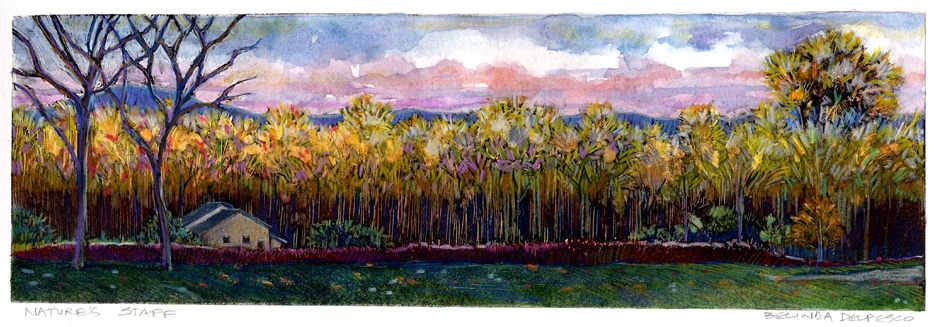
The Mindset of Selling Your Art
Making art, and selling art are opposing mindsets. Sometimes the viewer’s reaction has little to do with the artist’s forethought.
This transition is challenging for artists who feel a visceral connection to their work, with a desire for patrons to understand their creative intent.
How important is it for you to establish that your artistic vision is understood by the patron? Can you let the buyer have their own response to the work, without crowding the stage with your creative objectives?
Some patrons will want to know the artist’s thoughts and process, but there are plenty who simply wish to take the work home because it resonated with their own story.
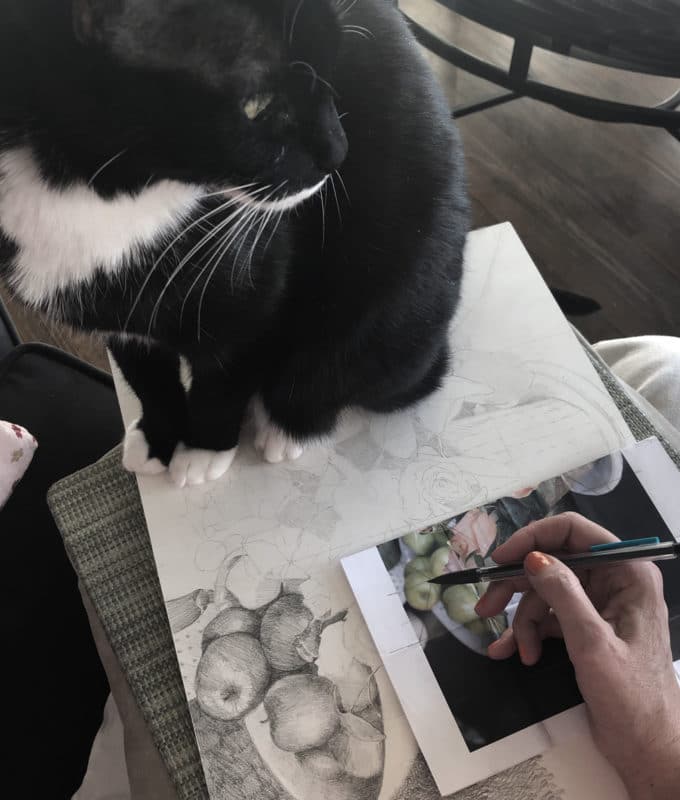
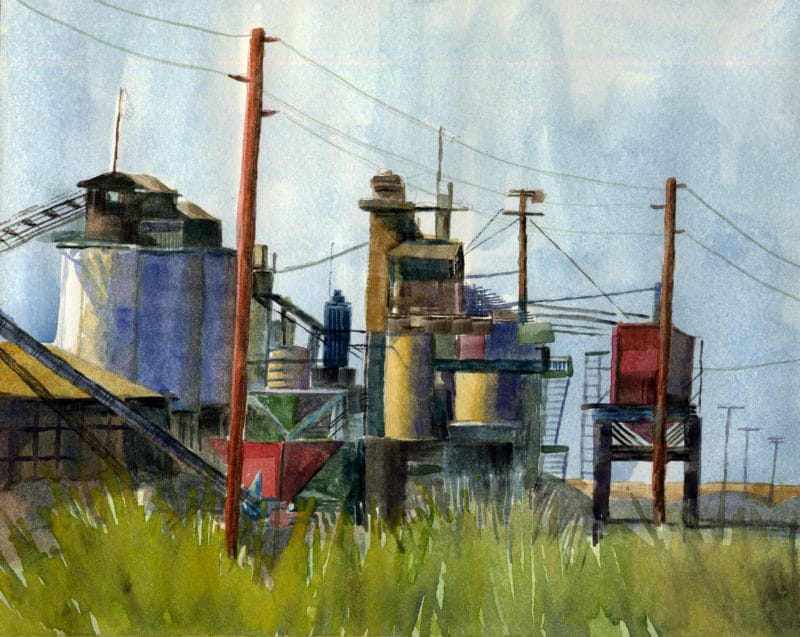
Handing Your Art to a Collector
Your work was designed with all of your imagined intentions for the finished piece. But every potential patron brings their own life and experiences to your image.
Your carefully selected hues and deliberately placed brushstrokes imbue the spirit you intended for the piece. But it will conjure something entirely separate from you, and wholly personal to the patron’s life and experiences.
And that doesn’t diminish your efforts. You’ve already had all of the joy in the idea, and the making. When you sell your art, that focus shifts towards a delight aimed at the collector, and their reaction to your work.
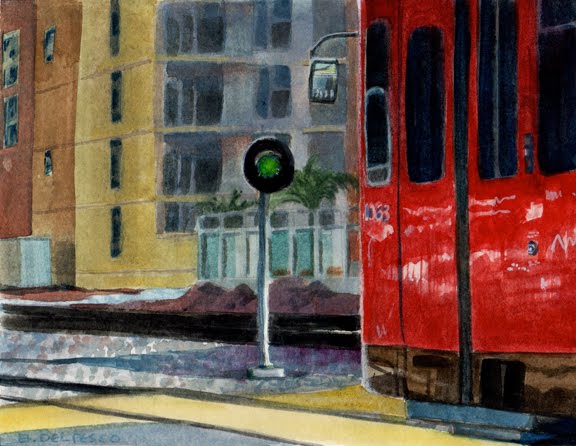
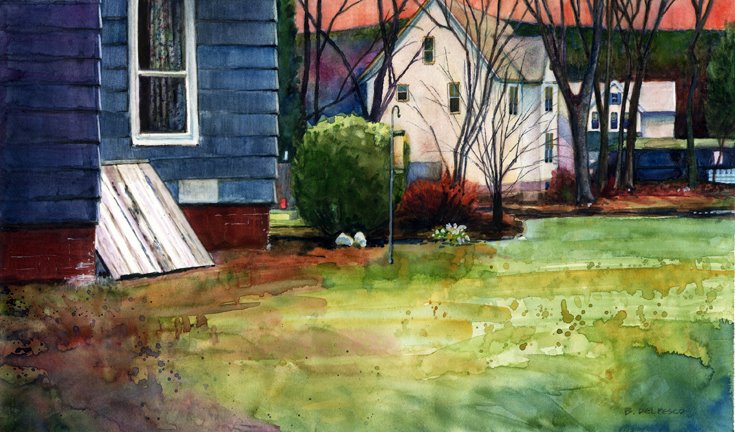
Artist’s Inspiration vs Collector’s Search
Some artists anticipate a collector’s comprehension of their goals for a painting. A symbiotic communion of sorts, and that happens occasionally.
But a collector looking for colors to match a freshly painted room shouldn’t be a wallop to your sensibilities.
Half of the global population qualify as the non-visual folks who think in text or work in numbers; they are not the creatives, artists, musicians and writers.
But they are collectors. The professional engineers and accountants of the world lean towards structured, rule-based notions of collecting.
If they enjoy acquiring still-life paintings that all have a hint of turquoise somewhere, count yourself fortunate if you have something they’re looking for. And don’t be insulted that they want to match a pillow, rather than “feel” something about the art.
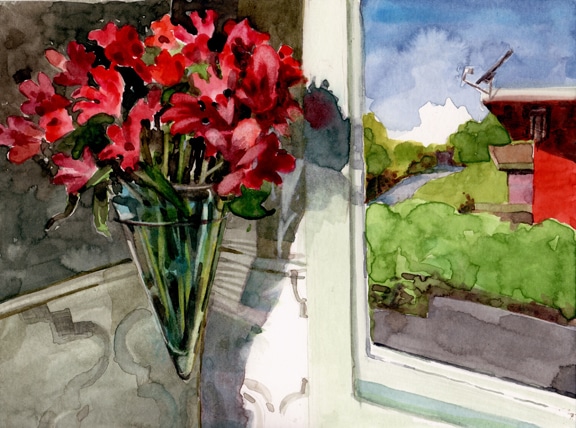
Artist and Collectors Connecting
As soon as someone falls in love with your painting, it helps to follow Elsa’s lead, and Let It Go . The art becomes something else – to the patron. To you – it still has all the remnants from your inspiration, sketching, and making – swirling in the memory of your own creative process. It’s not necessary to bridge your intention with their reaction.
Every patron looks at art with his or her own memories and experiences, and neither of us has any idea what the other is bringing to the painting in front of us.
It may be easier to focus on this simpler bridge; you both love the art. The reasons may be disconnected, but with this tether of woven affinities, two total strangers are suddenly linked, over art. It’s an unfussy, and often magical communion.
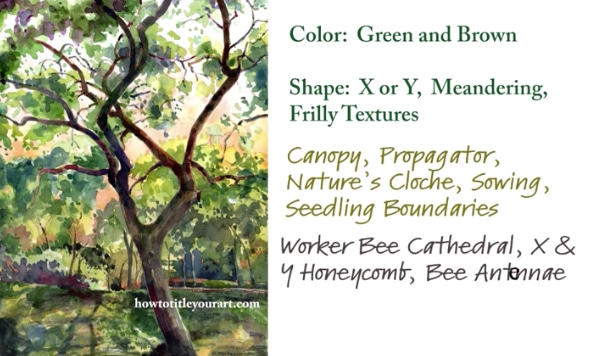
Tips for Titling a Landscape Painting
If naming your landscapes is a chore, try looking at the elements that make up the scene – like color, shapes, and pattern – as leaping off points to conjure words that will help create a compelling title.
For example, in the screenshot from my How to Title Your Art course above – I’ve jotted down basic colors from a landscape watercolor; Greens and Browns – and shapes; X, Y, meandering, frilly textures.
Using words, rather than staring at the painting, provides textual themes to search for related terminology: Canopy, Propagator, Nature’s Cloche, Worker Bee Cathedral, etc.
It’s easier to name a painting when we’re working with words on paper, rather than staring at the art. Jot down some words related to the art you’re trying to title, and see what you come up with. And if that’s too hard, check out my course, and I’ll walk you through it, step by step.
Thanks for stopping by, and I’ll see you in the next post!
Belinda
P.S. If you’re new around here, subscribe and get each new post via email so you don’t miss a thing.
P.P.S. You might enjoy my friend Susan Abbott’s landscape watercolor adventures here, and if you’re near her upcoming workshops, sign up!
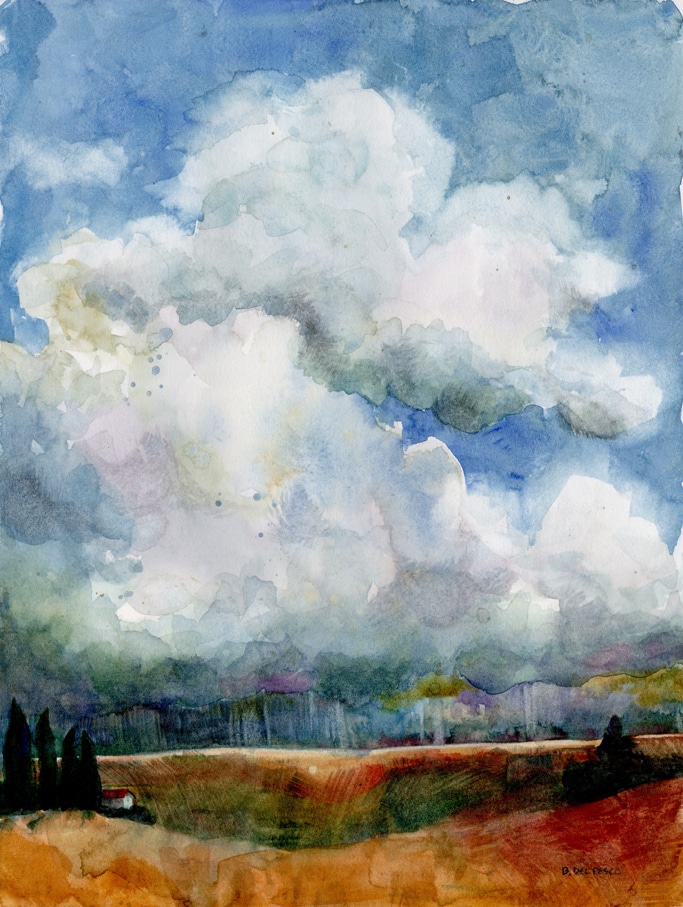
Art Quote
To a disciple who was forever complaining about others, the Master said, ‘If it is peace that you want, seek to change yourself, not other people. It is easier to protect your feet with slippers than to carpet the whole of the earth.’
Anthony de Mello
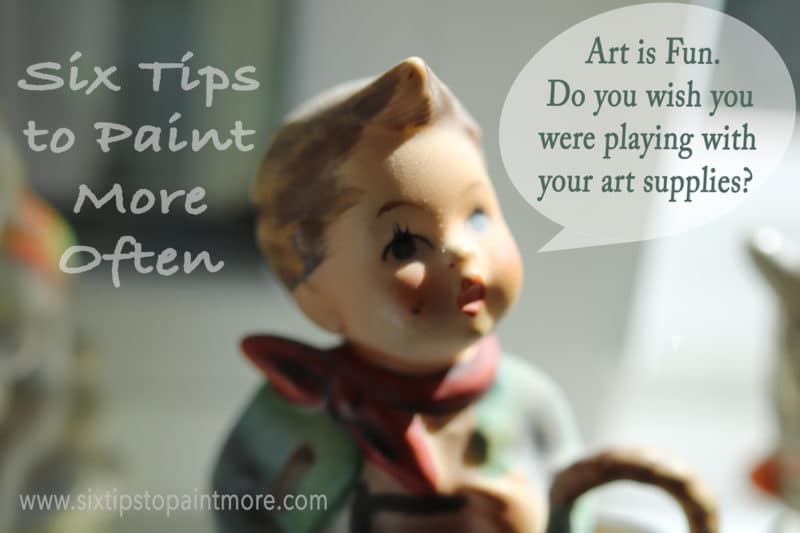
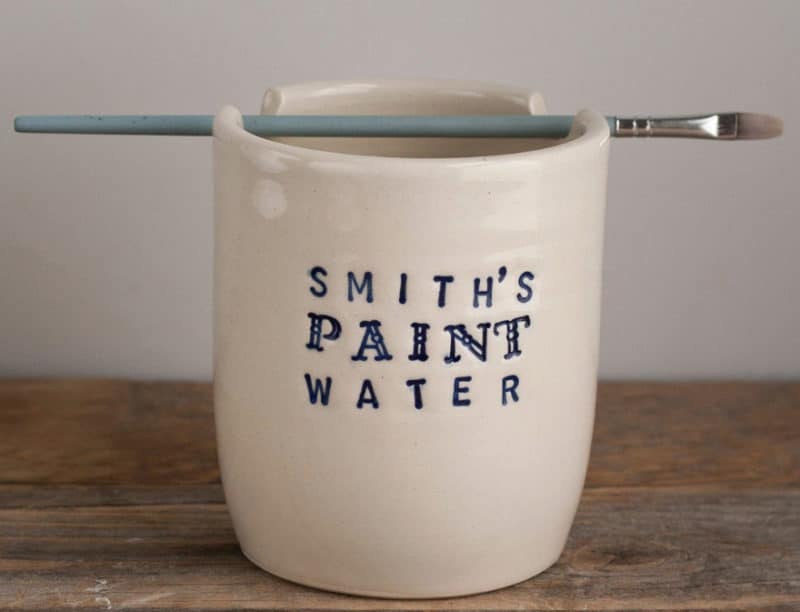

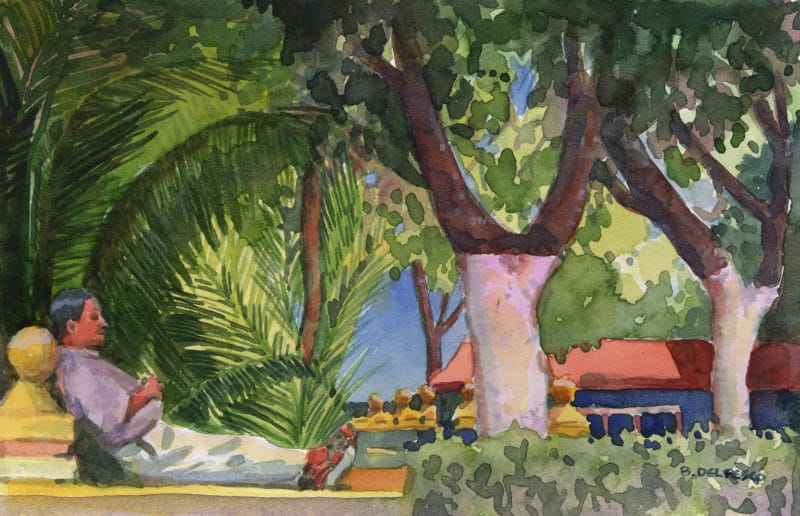
Just noticed your comments are time-stamped in the European style (DD/MM/YYYY instead of the US style MM/DD/YYYY). On purpose?
Hmmmm, good catch. Not on purpose at all. (scratching head, picturing a grumpy code dive) Thanks for pointing it out, good sir!
Soooo … you’re saying “The Sensitive Trees of Norway” would be right out?
Hee-heeeee – snarkety-snark-snark. Maybe not, because the visuals of that title conjure a nostalgic, floaty somethin-somethin” that’s also cringing in the corner with hands over ears. Such contrast! And wouldn’t you know – I was listening to instrumental chill music over the weekend (#doyouadmit), and I said aloud “I think this qualifies as Sensitive Tress of Norway tunes.” We’re bridging moments here. 🙂
Every piece is stupendous! You are amazing. Thank you for all the inspiration! xxxxxxx
Dear Ms Grooby, Thank you so much for the hug and the sweetness. Sending you the sunrise view from my desk, with a cat pawing my shin for attention. XO
Beautiful. You took my breath away.
It made me miss Europe, and you, who I’ve never met.
Good job.
xoxoxoxoxoxoxoxoxoBarbara
wow, that’s amazing! looks great!
Thanks, Tiffanny!